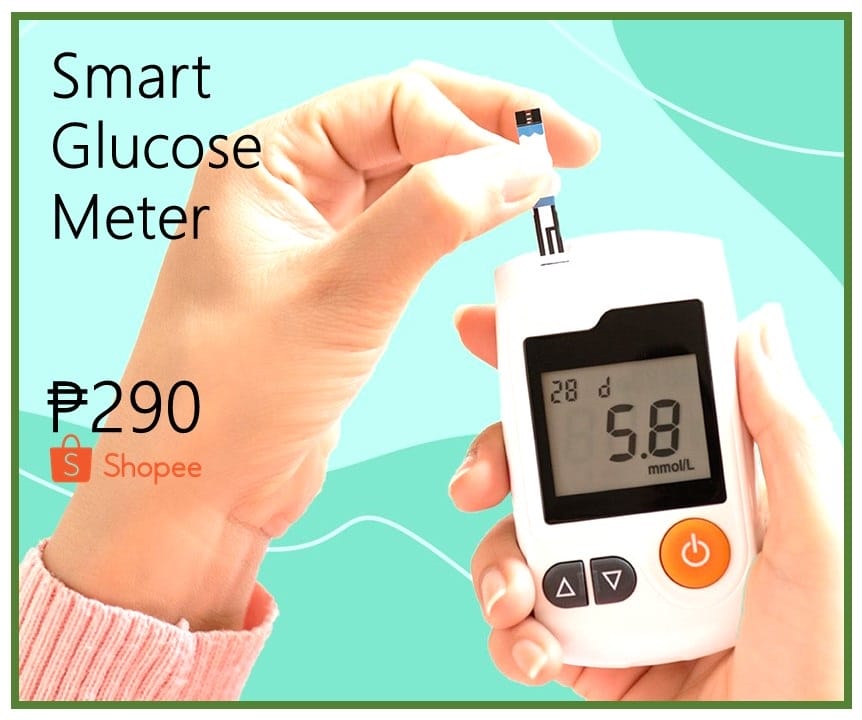Table of Contents
Attracting more patients to your clinic is essential for the growth and success of your medical practice. As a healthcare professional, you strive to provide quality care and make a positive impact on people’s lives. However, to help more individuals and expand your reach, it’s crucial to have effective strategies in place to attract new patients. In this comprehensive guide, we will explore nine proven ways to get more patients to your clinic. From understanding your target audience and leveraging digital platforms to nurturing patient relationships and embracing technological advancements, these strategies will help you optimize your clinical marketing efforts. By implementing these approaches, you can enhance your clinic’s visibility, build a strong reputation, and create a steady flow of new patients seeking your expert care. Let’s dive into the actionable steps to elevate your medical practice to new heights.
Understanding the Importance of Clinical Marketing
Clinical marketing is a vital aspect of any medical practice’s success. It involves strategic efforts to attract new patients, retain existing ones, and build a strong reputation in the healthcare industry. Effective clinical marketing allows doctors to communicate their services, expertise, and unique value proposition to potential patients. By understanding the target audience and their needs, medical practitioners can tailor their marketing strategies to address specific concerns and pain points. From online presence to community engagement, a well-rounded marketing approach can significantly impact the growth of medical practice. It not only helps in attracting new patients but also fosters trust and loyalty among existing ones, leading to an increase in referrals and positive word-of-mouth. Let’s explore some key components of successful clinical marketing.

Nurturing Patient Relationships
A successful medical practice understands the significance of patient relationships in clinical marketing. Providing exceptional patient experiences is key to retaining existing patients and earning their loyalty. Medical staff should be trained to offer compassionate care, actively listen to patient concerns, and promptly respond to queries. A personalized approach goes a long way in making patients feel valued and understood. Requesting patient reviews and feedback is an effective way to gather testimonials that can be shared on the website and social media platforms, building trust among potential patients. Implementing patient referral programs can incentivize existing patients to recommend the practice to their friends and family. Fostering a warm and welcoming atmosphere in the clinic contributes to positive patient experiences, increasing the likelihood of repeat visits and word-of-mouth referrals.
Utilizing Content Marketing for Education
Content marketing plays a vital role in educating and engaging potential patients. By creating informative blog posts, articles, and videos, medical practitioners can address common health concerns, share preventative tips, and explain medical procedures. Providing valuable content showcases the practice’s expertise and commitment to patient well-being. Optimizing content with relevant keywords boosts search engine visibility, enabling patients to find the practice when searching for specific medical services. Moreover, sharing this content on social media platforms encourages patient interaction and sharing, expanding the practice’s reach. Through content marketing, medical practitioners can establish themselves as reliable sources of medical information, instilling confidence in potential patients seeking expert care.
Embracing Technological Advancements
Staying up-to-date with technological advancements is crucial for a successful clinical marketing strategy. Younger patients, in particular, seek technologically connected healthcare experiences. Offering online portals for easy access to medical records, appointment booking, and secure communication with healthcare providers enhances patient convenience and satisfaction. Telemedicine and virtual consultations have become increasingly popular, especially during times of restricted physical interactions. Embracing such innovations can broaden the practice’s reach beyond local boundaries, attracting patients from different geographical areas. Additionally, integrating chatbots on the website can provide immediate responses to patient queries, enhancing user experience and engagement. Technological advancements not only streamline administrative processes but also demonstrate the practice’s commitment to providing modern, efficient, and patient-centric healthcare services.
Engaging with the Local Community
Community engagement is a powerful aspect of clinical marketing, allowing medical practitioners to establish a strong presence within their local areas. Hosting health seminars, workshops, and health fairs offers opportunities to educate the community on various health topics, creating brand recognition and goodwill. Participation in local events and initiatives demonstrates the practice’s commitment to the well-being of the community it serves. Collaborating with schools, colleges, and community centers can also provide platforms for health-related outreach. Sponsoring sports teams or community events further enhances visibility and fosters a positive image of the practice. By engaging with the local community, medical practitioners can build meaningful connections, leading to an increase in patient referrals and recommendations.
Implementing Effective Advertising Strategies
Strategic advertising is a key component of clinical marketing. Investing in pay-per-click (PPC) advertising allows medical practices to appear prominently in search engine results, boosting online visibility and driving traffic to the website. Targeted online ads on social media platforms can reach potential patients based on demographics, interests, and behaviors. Additionally, traditional advertising methods, such as radio or print ads, may still be effective for reaching certain segments of the population. Utilizing outdoor advertising, such as billboards or banners in high-traffic areas, can also enhance brand recognition. It is essential to track the effectiveness of advertising efforts through analytics and adjust strategies accordingly to optimize results.
Prioritizing Patient Convenience and Accessibility
In today’s fast-paced world, patients value convenience and accessibility in their healthcare experience. Clinical marketing should focus on streamlining appointment scheduling, offering flexible hours, and minimizing waiting times. Implementing an online appointment booking system enables patients to schedule visits at their convenience. Telemedicine options can cater to patients who prefer virtual consultations or have difficulty visiting the clinic physically. Ensuring that the practice’s website is mobile-responsive and user-friendly enhances accessibility, as many patients use smartphones and tablets for browsing. Clear and concise contact information on the website enables patients to reach out easily for inquiries or assistance. By prioritizing patient convenience and accessibility, medical practices can differentiate themselves and attract more patients seeking hassle-free healthcare solutions.
Monitoring and Evolving Marketing Strategies
Continuous monitoring and evaluation of clinical marketing strategies are essential for long-term success. Analyzing website traffic, social media engagement, and patient feedback provide valuable insights into the effectiveness of various marketing efforts. Regularly reviewing the patient demographic profile helps tailor marketing messages to address specific audience segments. Implementing patient surveys and feedback forms can provide direct input on the patient experience and identify areas for improvement. Flexibility is crucial in marketing, as trends and patient preferences may evolve over time. As the healthcare landscape changes, medical practices should be willing to adapt their marketing strategies to stay relevant and competitive. By keeping a pulse on marketing performance and making data-driven decisions, medical practices can continually optimize their efforts to attract and retain more patients.
Leveraging Digital Platforms for Outreach
In the digital age, having a strong online presence is crucial for clinical marketing. Medical practices should invest in building and maintaining a user-friendly, mobile-responsive website. This platform serves as an informative hub for potential patients, showcasing services offered, staff credentials, and patient testimonials. Additionally, engaging in social media marketing allows doctors to connect with the community, share relevant health information, and address patient queries. By consistently producing valuable content, medical practitioners can position themselves as trusted authorities in their field. Leveraging email marketing is another effective tool for patient outreach, offering opportunities to send updates, promotions, and reminders. Furthermore, listing on doctor websites enhances visibility and accessibility, enabling patients to find suitable healthcare providers effortlessly.













